Temporality of AI
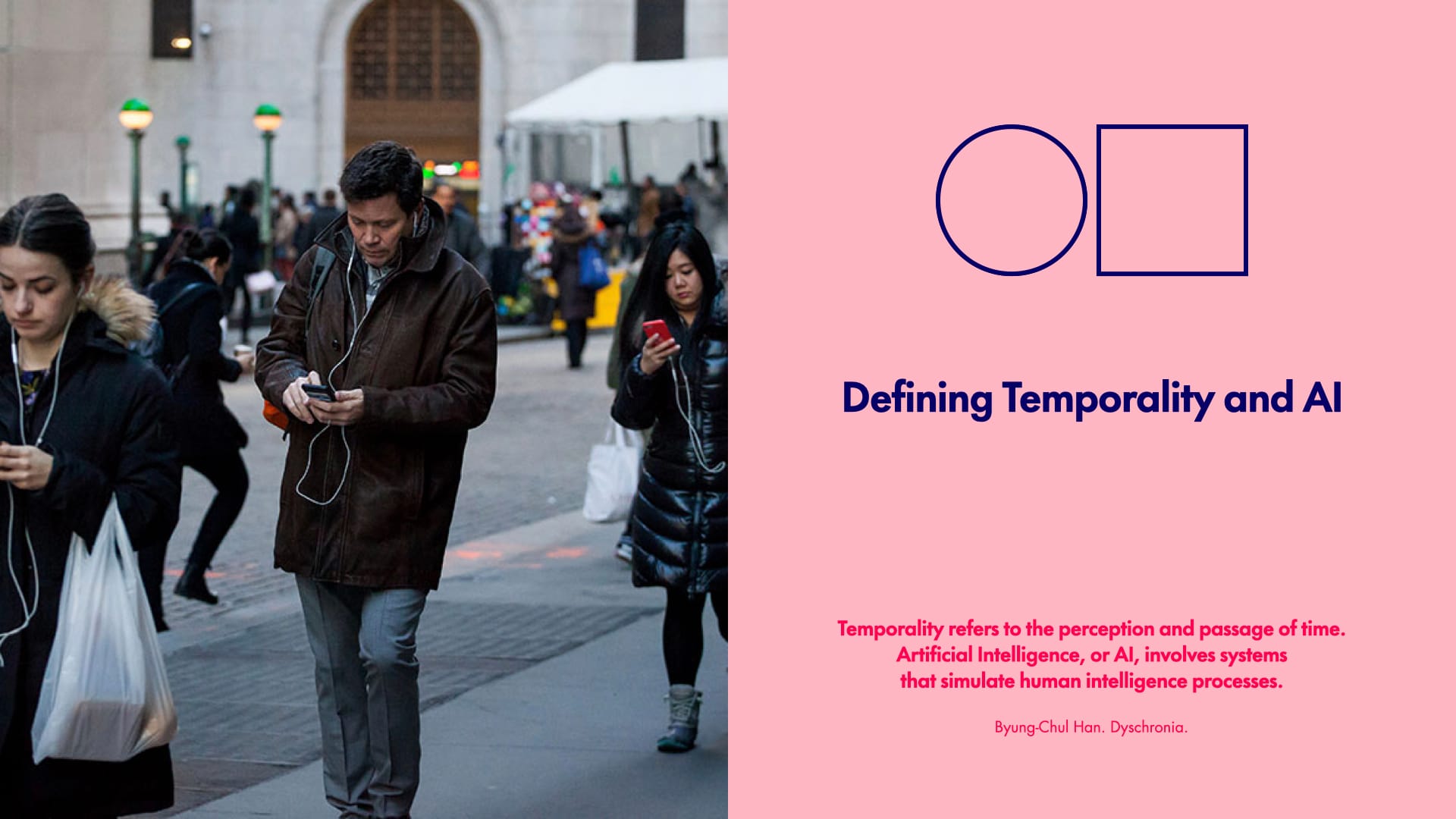

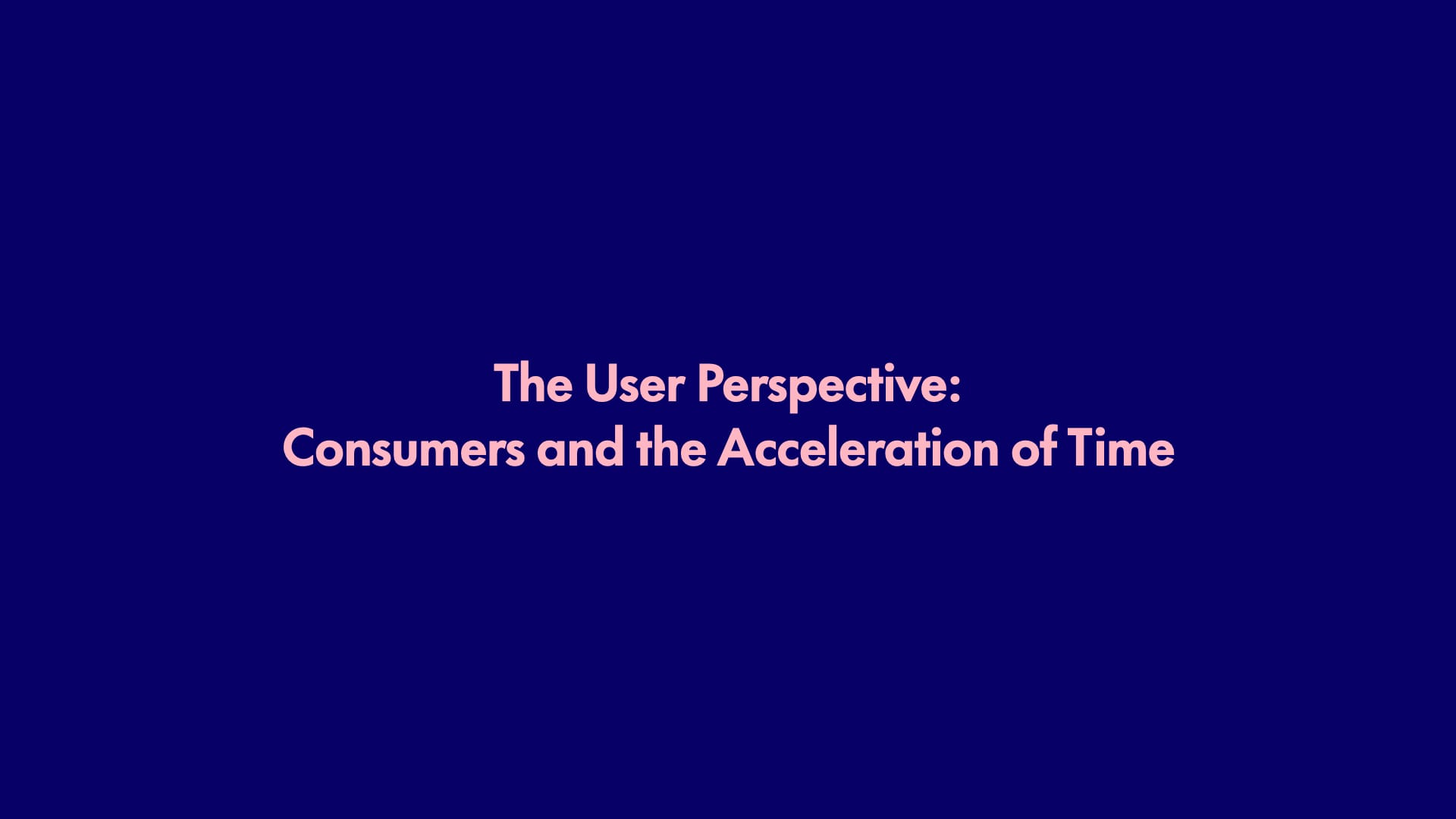
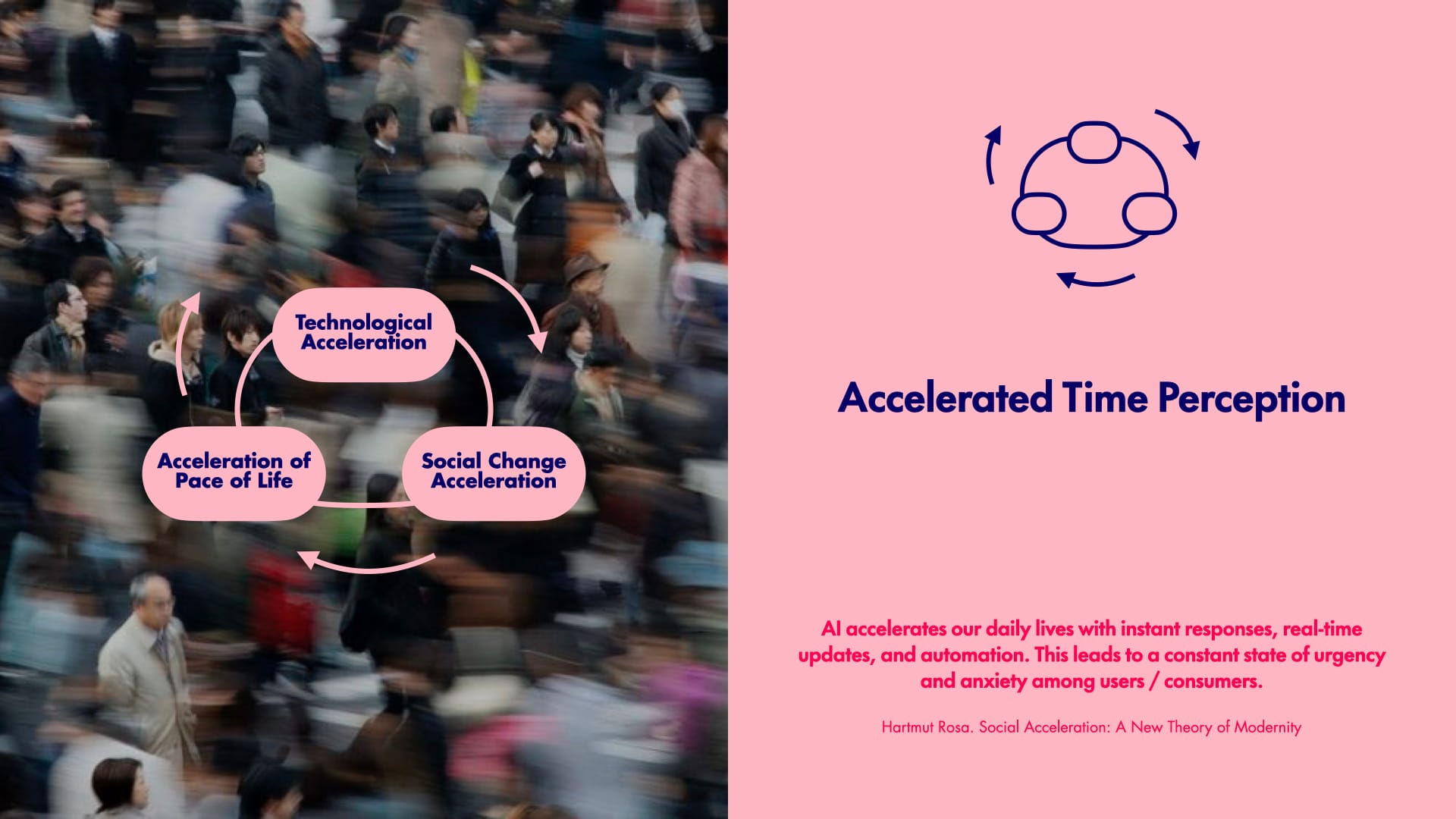
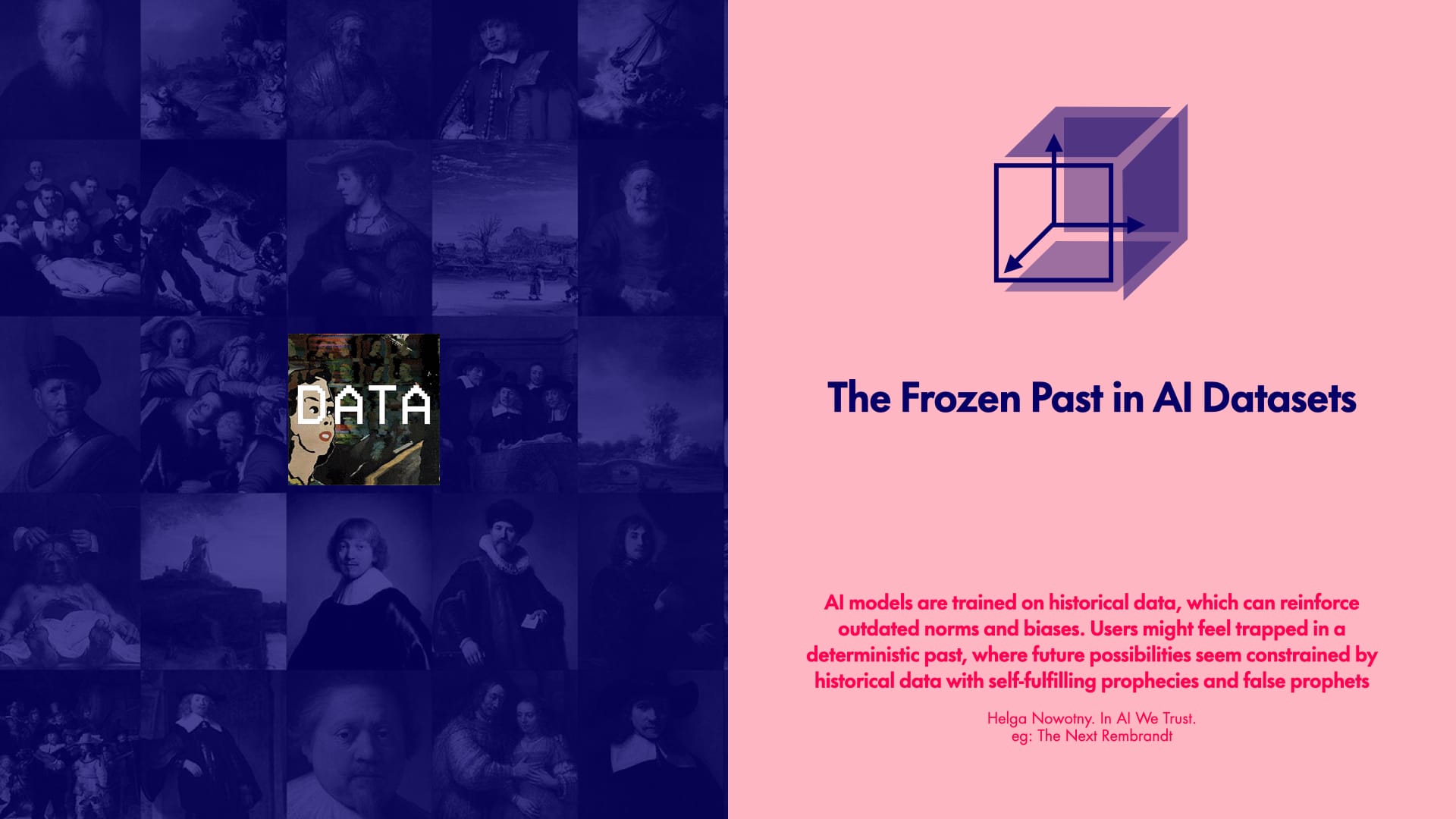
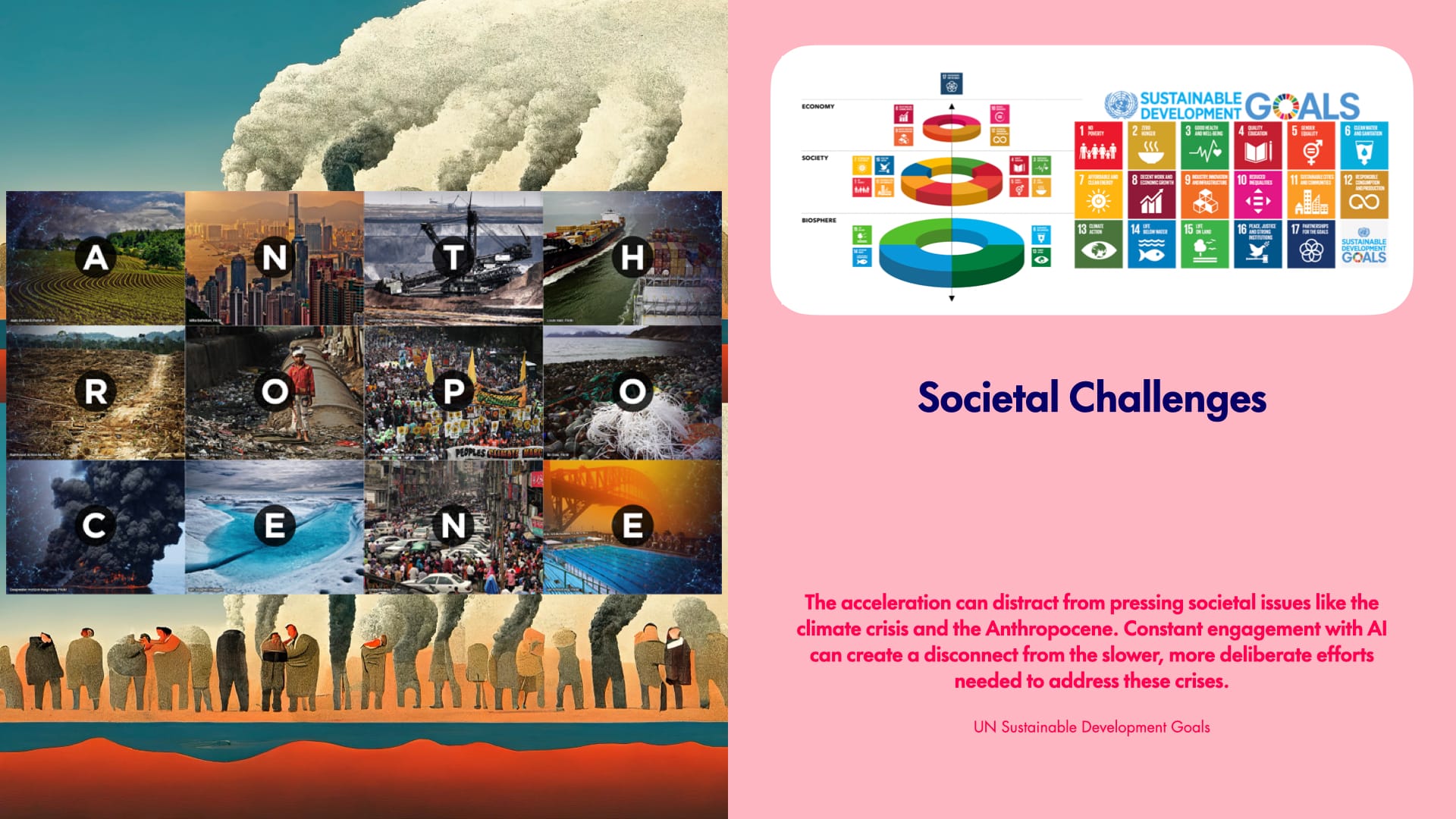
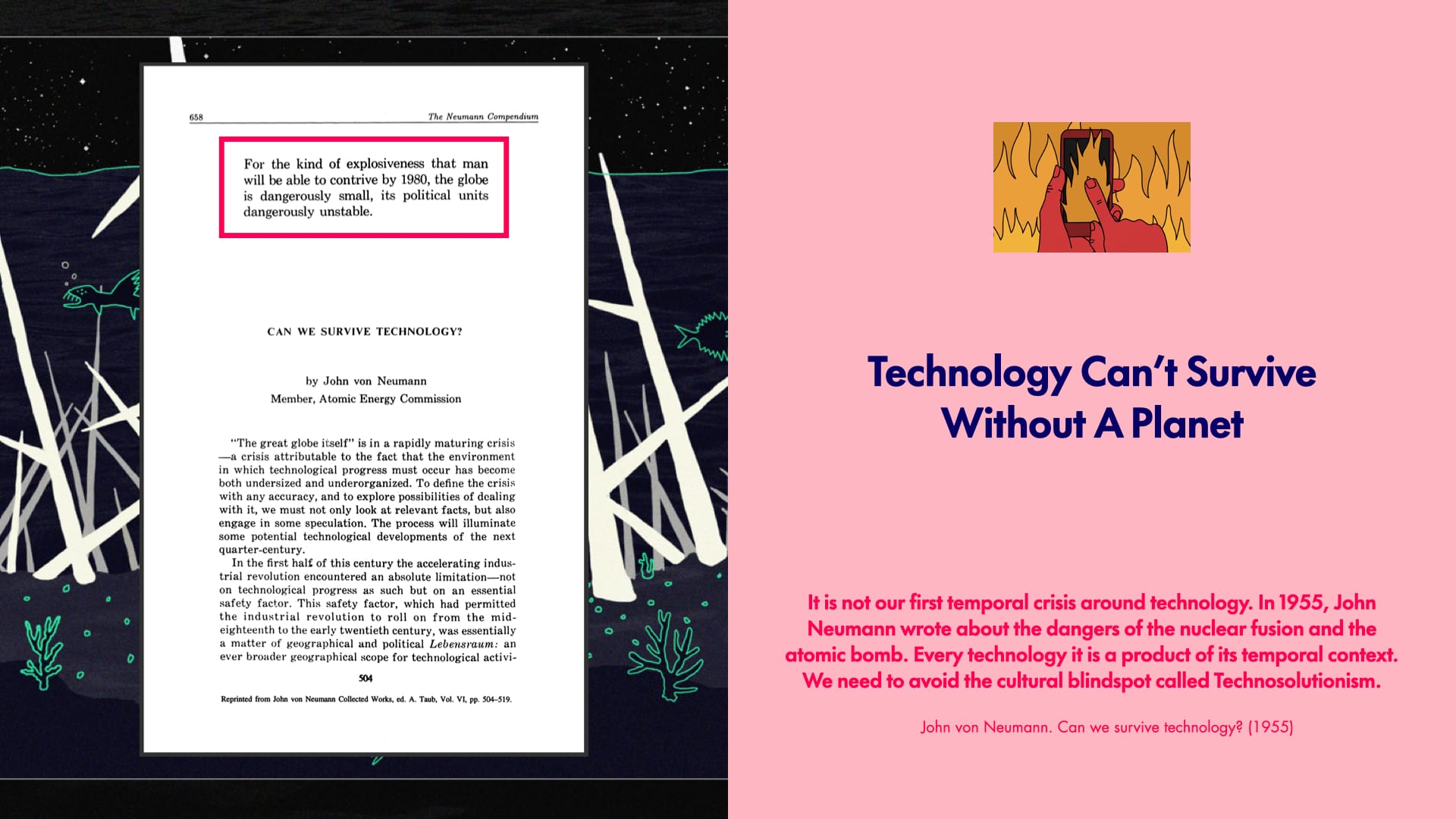
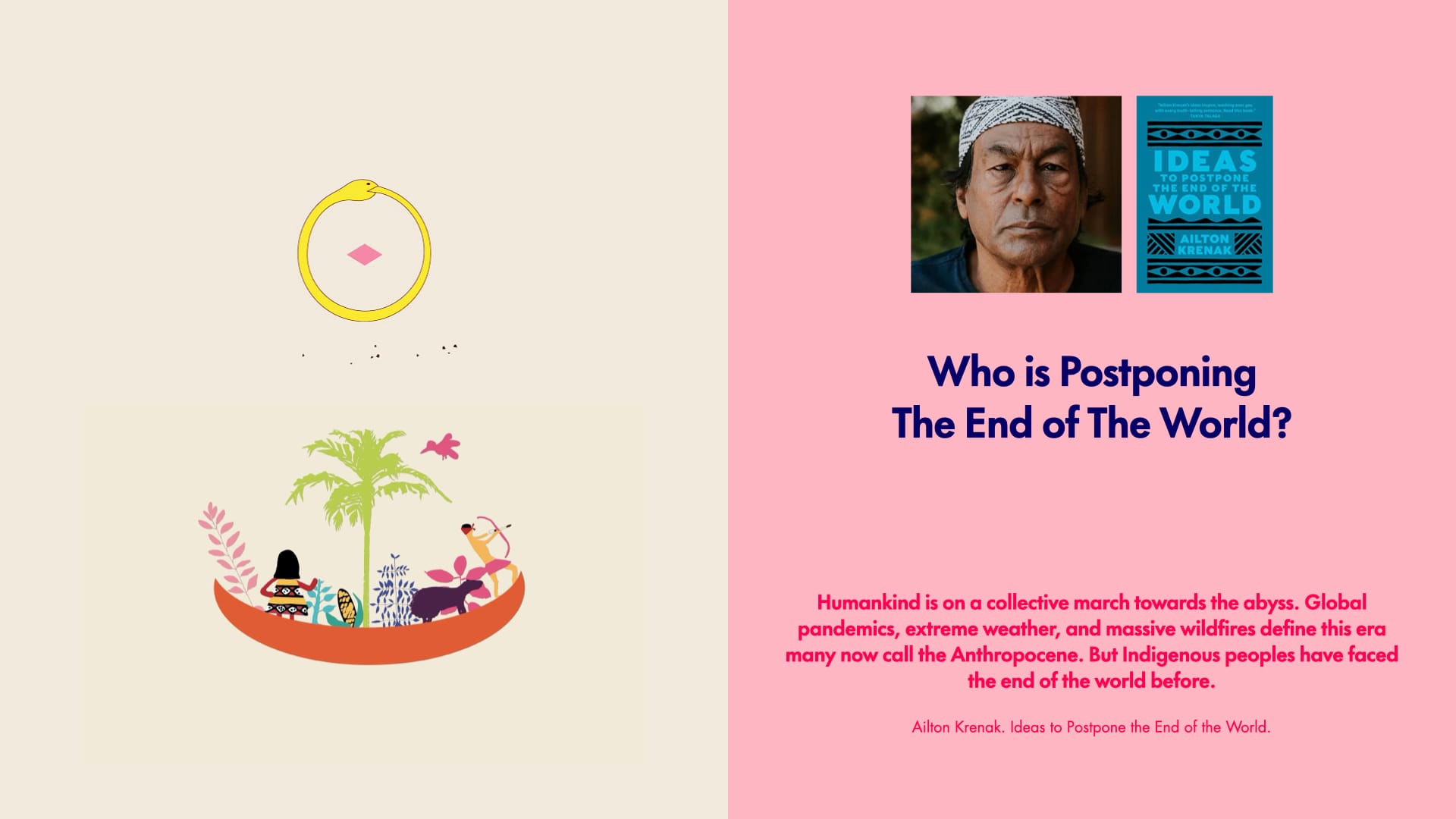
This research project context can lead to several directions, some to be announced soon. Its current stage concludes my studies during the first cohort of the Master in Design for Responsible AI Systems in the Context of Climate Emergency, a hybrid program I attended at Elisava in between online classes with top-tier faculty members from all around the world and gatherings in Barcelona and Amsterdam. During the program, each of the eight participants with very diverse cultural backgrounds and professional experiences choose one theme to investigate applying critical thinking as their final project. I come to this course with my experience as a Temporality Researcher born and raised in the Amazon Rainforest, bridging different knowledges and ignorances between the Global South, and the Global North where I currently live. I've been investigating, and teaching about our people's relationship with time for the last 10 years, organizing courses and workshops both online and in companies. I am highlighting also the importance of decolonial pedagogies, in special the the ones I practiced in my studies with the collective Gestures Towards Decolonial Futures. However, it was my background as a Social Communicator that first developed my foundation to look at technology, its mediation in culture, and its impacts on society, so I could frame the following research question.
Research Question:
How does AI obscure time for its users?
tags: artificial intelligence, social impact, temporal dimension
Project Objectives:
My intended plan to achieve by the end of this project is to shine a light on the invisible impact of AI and on the things that AI obscures, as an eco-sociotechnical system. I hope to raise awareness and trigger reflections and reactions from those who are consuming and investing in such societal narratives and technological tools. I am not a Luddite and my journey is deeply entangled with multiple technologies, from Western and non-Western origins. But while raising Awareness on AI Impacts and developing educational content I see the opportunity to design and test Critical Design Artifacts and engage with stakeholders as agents of change.
My tangible deliverables and outputs consist into:
a) A short video essay edited to be shared on Social Media to think about the temporal dimensions of AI as a technology, its social impacts, and ecological footprints. (available here)
b) A critical design artifact, as a physically interactive tool to engage users in exploring the multifaceted impacts of AI in guided conversations in the format of a downloadable report/presentation, (and other projects as well) as it seems in its pages that illustrates this ongoing investigation.
I'm aiming to leverage the video essay format to inspire and challenge societal norms, provoking critical thoughts and stimulating the debate on the nuanced impacts of AI. I also believe the social media video approach with some B-roll images and voiceovers serves as a powerful tool to dissect and present complex ideas in an accessible and engaging format.
The idea for a tool came in the early stage when I saw during the Master the power of analogic tools in our research and creative process such as card decks and methodology framework sheets. My vision is to provide guidelines for constructive conversations after watching the initial provocation of the video and report.
I also see the intangible but very valuable learning of improving my academic writing in a language that I am not native to but I've been working in the past few years. Also to develop my critical thinking and to summarize in a scope with a beginning and an end.
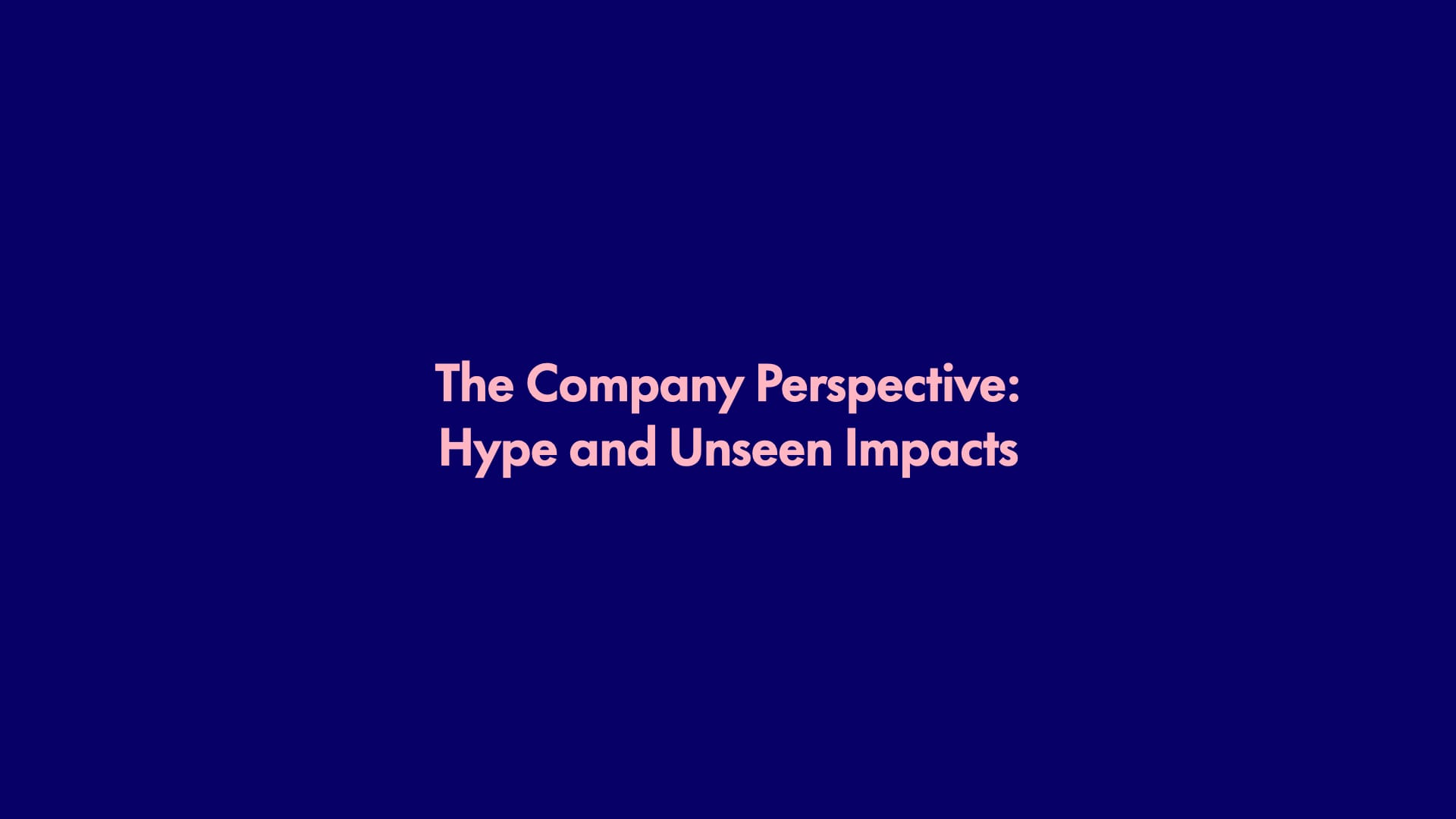
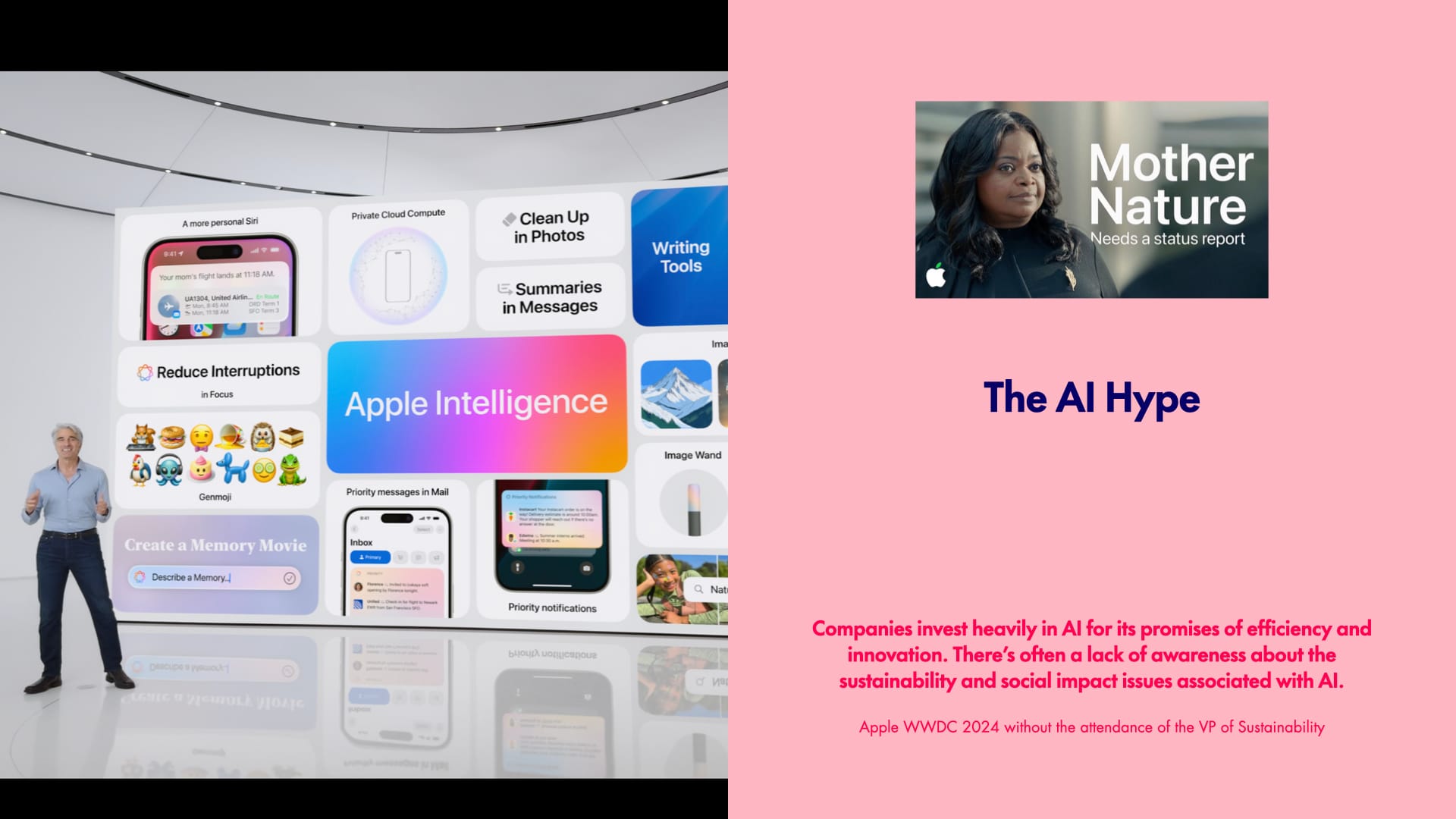
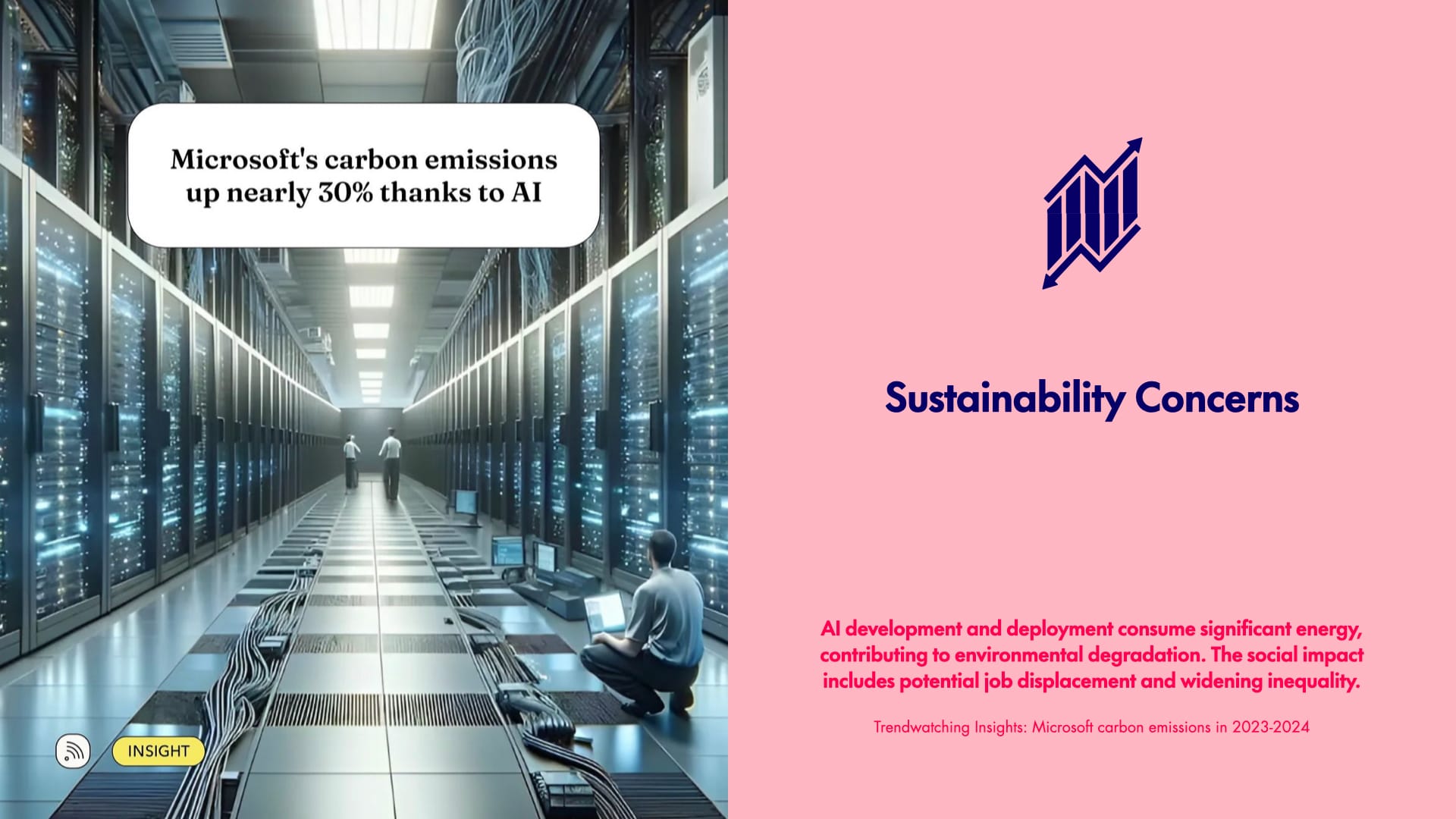
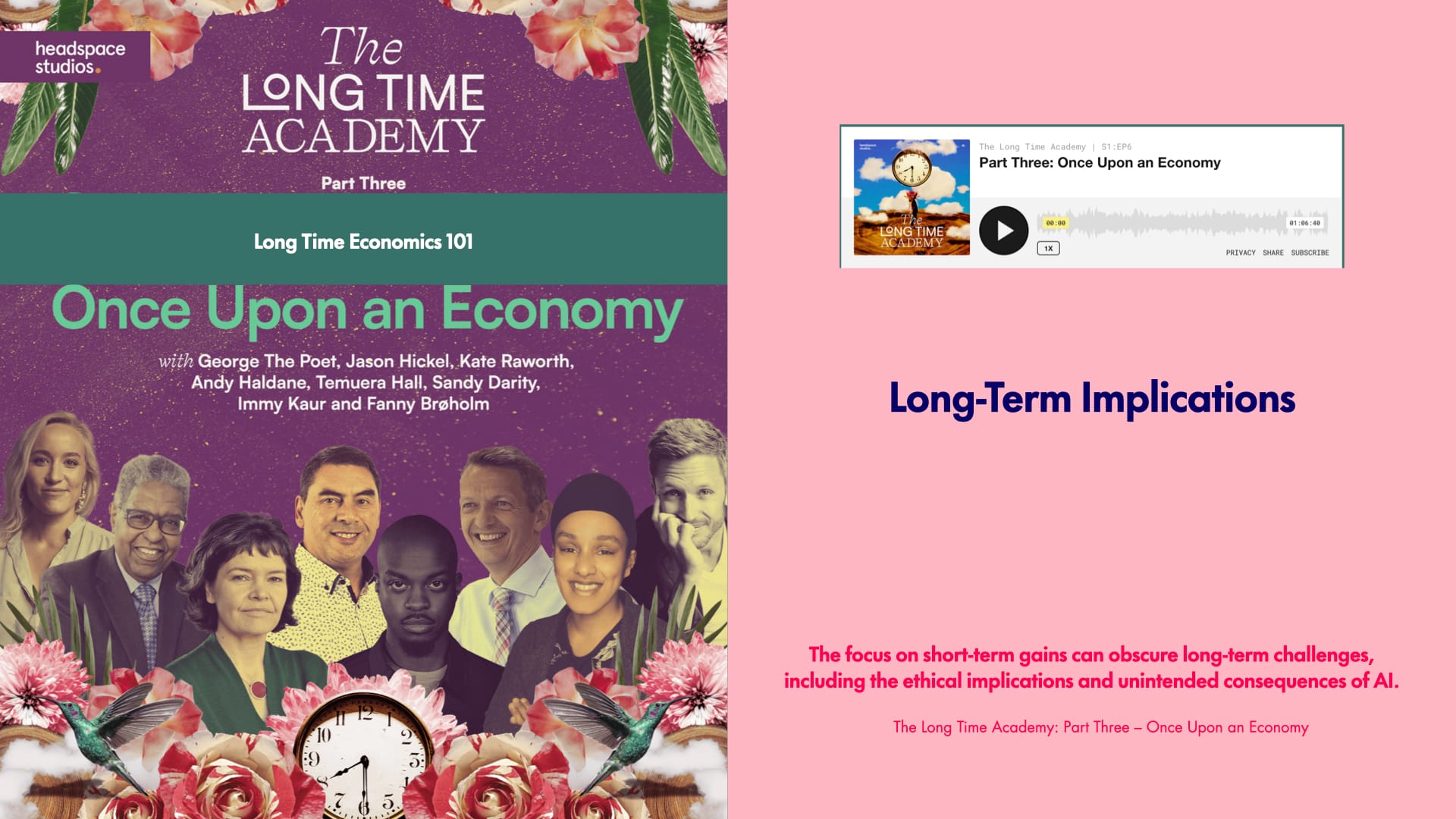
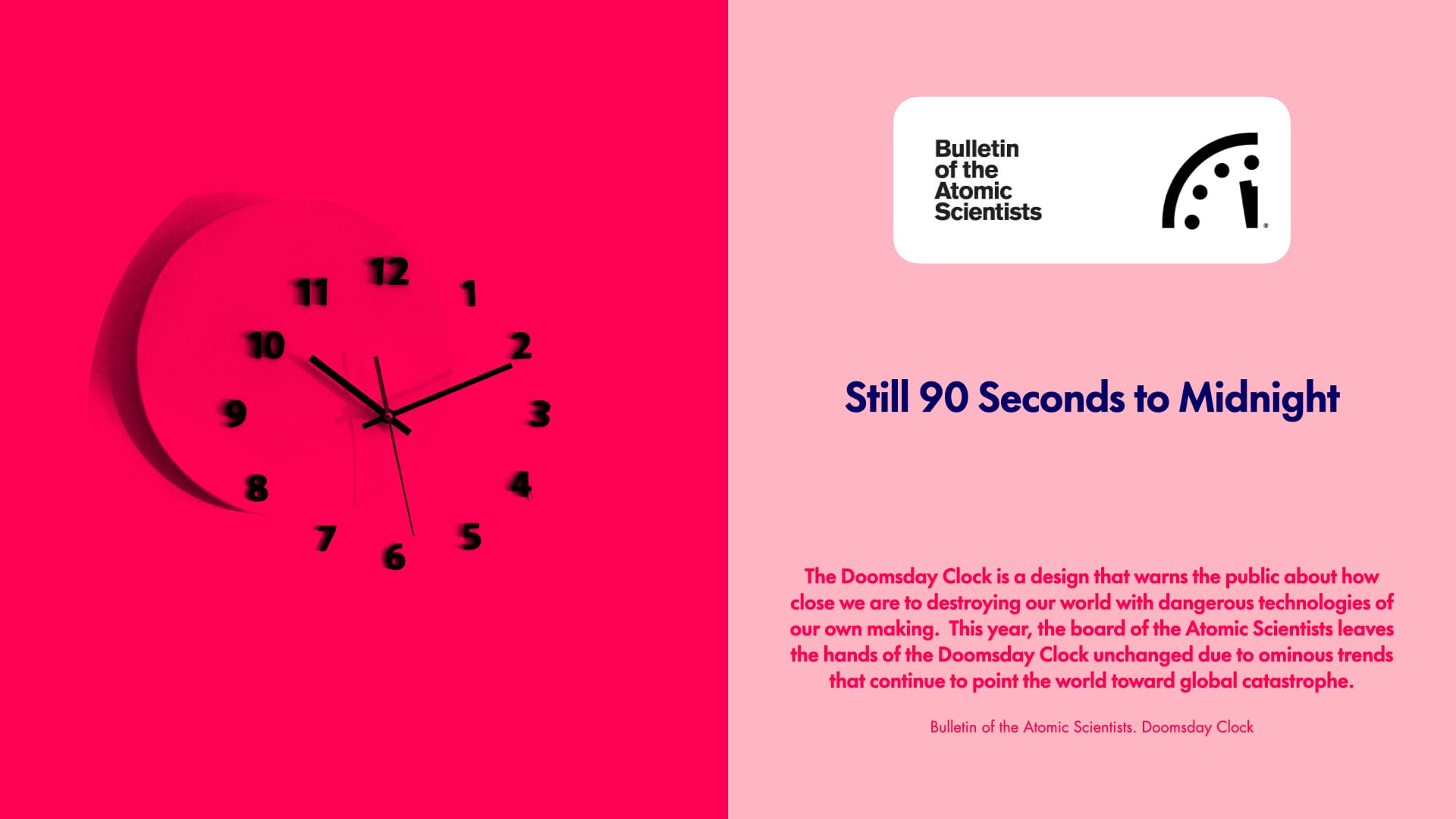
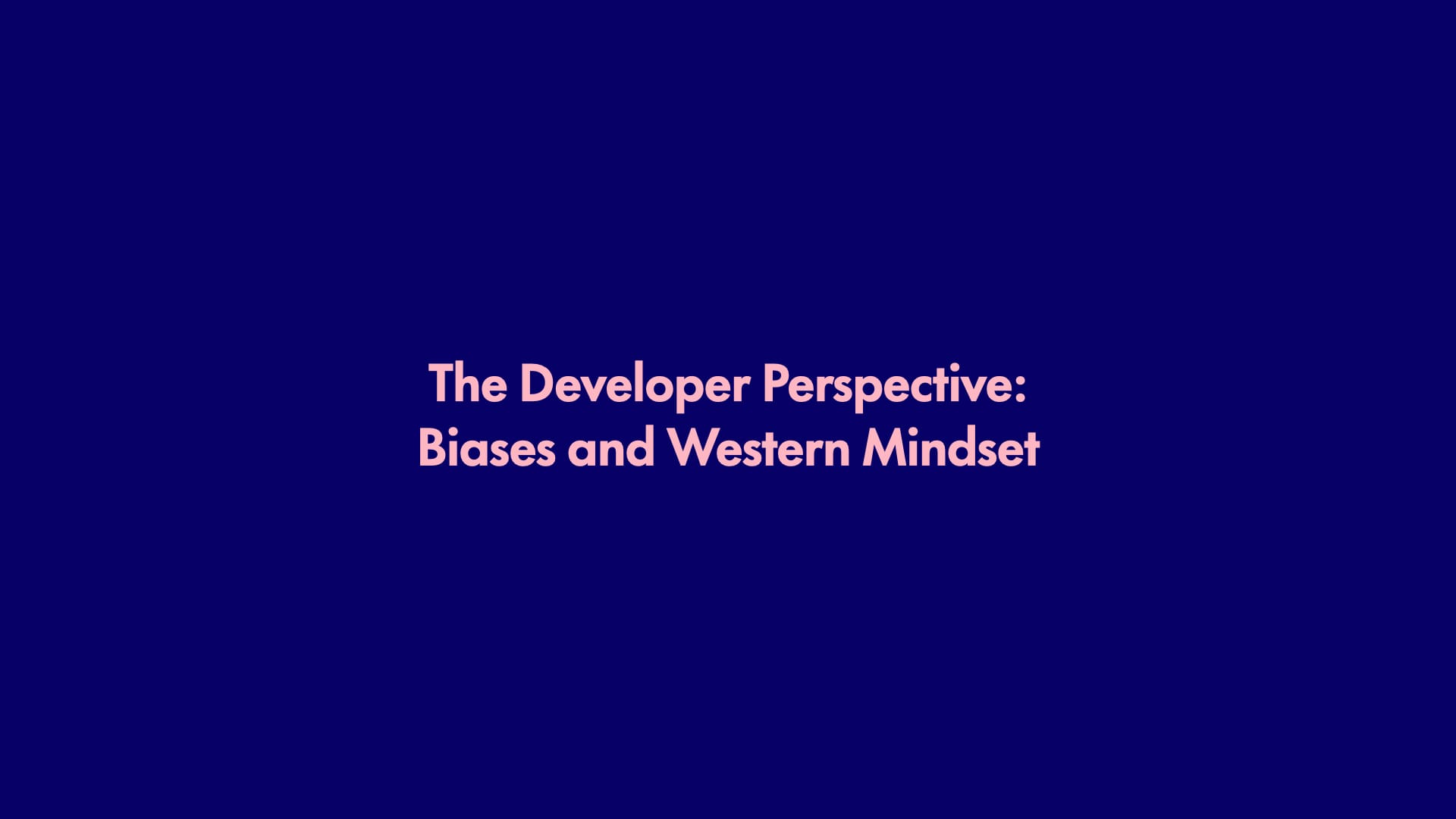
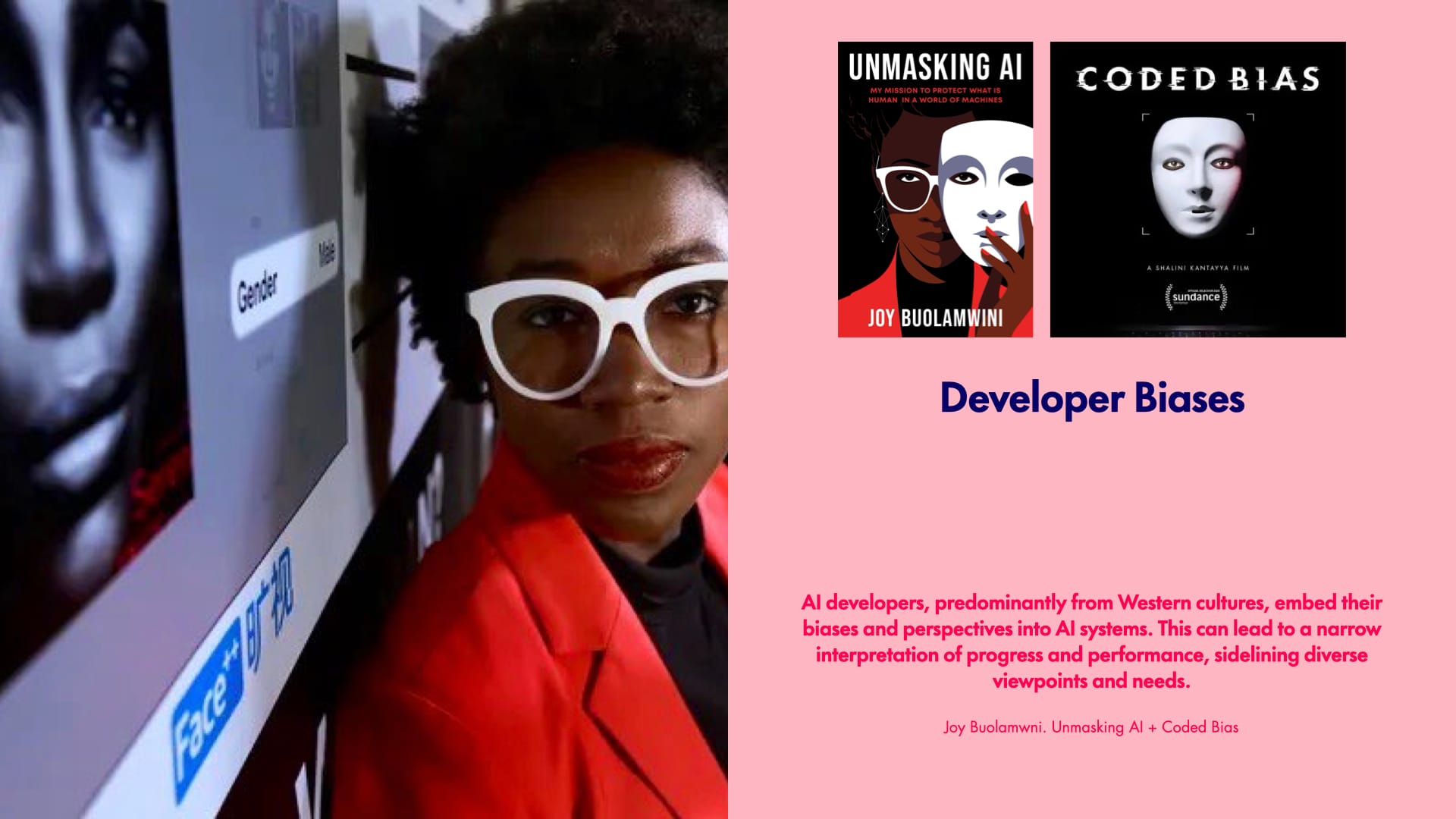

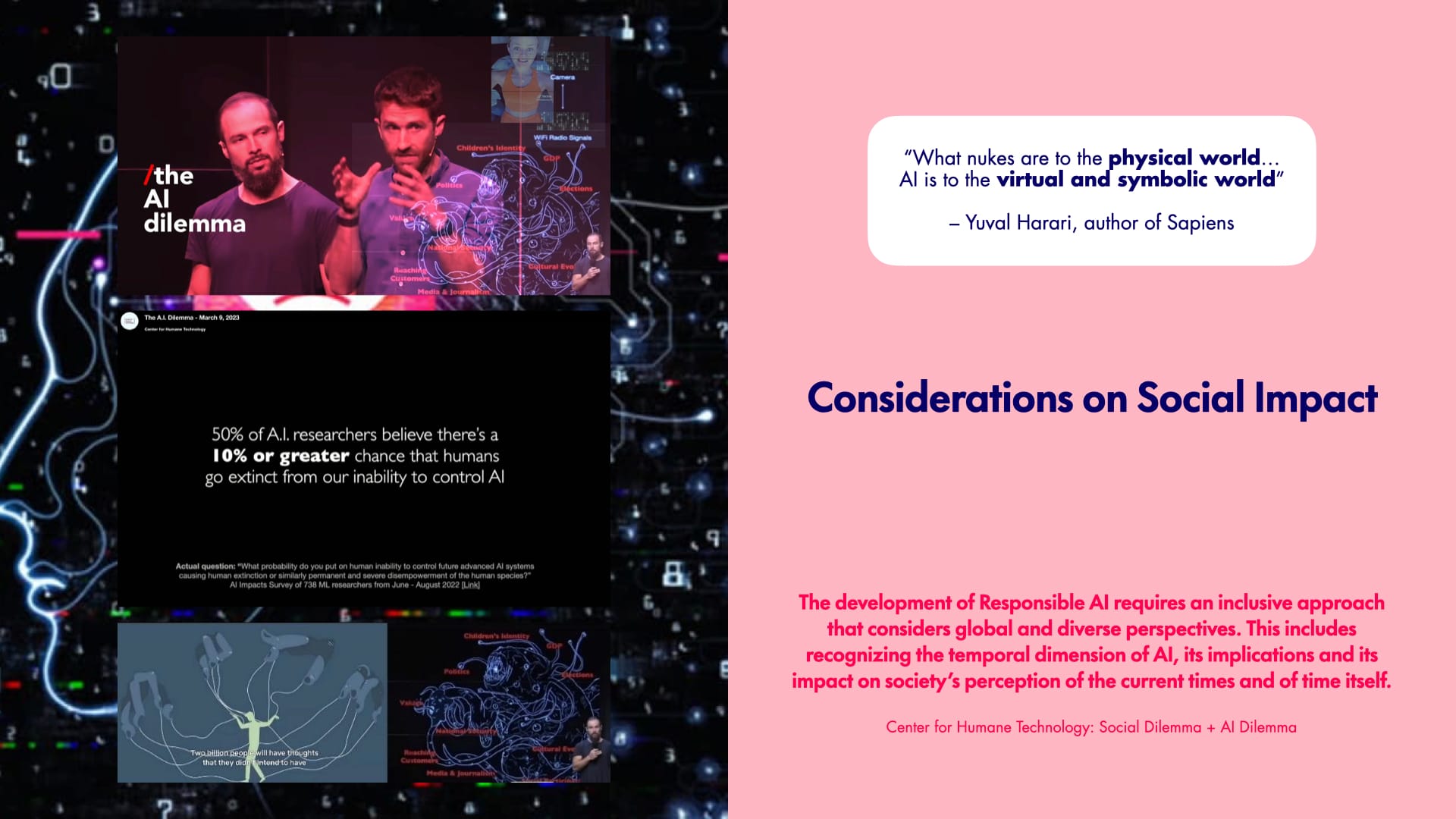
Project statement
Temporality refers to the perception and passage of time. Artificial Intelligence, or AI, involves systems that simulate human intelligence processes. This project investigates AI's influence on our understanding of time and operates on multiple levels: individual, societal, and ecological. It accelerates our daily lives with instant responses, real-time updates, and automation. This leads to a constant state of urgency and anxiety among users/consumers. But AI models are trained on historical data, which can reinforce outdated norms and biases. Users might feel trapped in a deterministic past, where future possibilities seem constrained by historical data with self-fulfilling prophecies and false prophets. The acceleration can distract from pressing societal issues like the climate crisis. Constant engagement with AI can create a disconnect from the slower, more deliberate efforts needed to address these crises. It is not our first temporal crisis around technology. In 1955, John Neumann wrote about the dangers of nuclear fusion and the atomic bomb. Every technology is a product of its temporal context. We need to avoid the cultural blindspot called Technosolutionism. Global pandemics, extreme weather, and massive wildfires define this era many now call the Anthropocene. But Indigenous peoples have faced the end of the world before. AI development and deployment consume significant energy, contributing to environmental degradation. The social impact includes potential job displacement and widening inequality. The focus on short-term gains can obscure long-term challenges, including the ethical implications and unintended consequences of AI.
Project audience/stakeholders/community
Users in professional settings, corporations, and developers should be talking about 1. (Ecosocialtechnical) effects of AI. 2. Other important social issues that we need to pay more attention to, hidden by or in between AI hype and media covers such as the extensive resource extraction and energy consumption; the social and economic disruption, the footprints of electronic waste and environmental degradation, and the invisible emotional heaviness facing the complexity of systemic issues in our times.
Significance of the project in contemporary society
Hartmut Rosa, sociologist, says that technological acceleration has dimensions that are not only technical but also social and affect individual’s pace of life. Different groups try to keep up or to afford the change decided by someone else, somewhere else, facing a lot of temporal inequalities until the next cycle starts. Rosa, also, reminds us that acceleration and progress are not synonyms, although they are approached like that in Western societies. (acceleration, speed, and utility are used with the same meaning as growth, progress, and development)
Agamben, philosopher, says that contemporaries are the ones who see the darkness of the times rather than only the light. That we are living in echoes of the past and to access what comes next we need to reveal what is not visible yet but it is already there.
In every event of information I think about where this information comes from, what cycles happened before, what is not being said, why what is said it was chosen to be said, what are the depths and consequences of it, what potentially comes next, and if we have alternatives, how to break the cycle, or how to create them.
Today both the processing speeded up because of technology as our human time has been stolen to process tasks to companies know as “time thieves”, transferring their workload to consumers with the promise of cheaper prices and being more practical– from banks to food chains or flights – but in reality becoming an invisible emotional load to process everyday.
The end of 2022 and beginning of 2023 marked a new era to the narratives of technology in society while the adoption of ChatGPT started to grow, making GenAI as a format, LLMs as language, and OpenAI as a company become part of the zeitgeist and societal narratives. AI as a field existed before of that already with many branches, but definitely jumped from niche to the hype bringing a sea of opportunities as promises after this moment.
The programmed obsolescence of technology also brings the temporal dimension of societal rhythms being transformed by technology. Lastly, the decisions today in the stock market, the church of the system, happen in milliseconds. Now with AI, the communication machine-to-machine (M2M) is also coming to agents in every other sphere. Time isn’t Money, as Franklin affirmed. But Money is Becoming Time.
Key References
My ideas were broadly influenced by many other oral stories, exchanges and also books, academic pieces, and videos beyond this list of references and bibliographic support. Here I present key references for this work:
Time is the measure of motion and change, said the Greek philosopher Aristotle. When we consider the time of our lives, we all perceive change in different ways, mostly according to cultural markers that bind us through our experiences in time. Each culture collectively has its way of relating to time, from birth to death, or its temporality. Temporal is also the quality of something that relates to specific times and is relevant for that specific context, the opposite of something atemporal or timeless. For the Italian physicist Carlo Rovelli, everything is an event that exists in time. When we consider the time of our lives, change can be defined first from the exponential technologies and its social transformations to, on the other hand, the emergency of a chronicle climate crisis. But both are very entangled, as seeds and fruits of the same eco-sociotechnical system. Indian pacifist Satish Kumar reminds us that all new economic opportunity exists unrooted in the same ecological foundation of the world.
We've been deeply transforming this world through our technologies, as presented by Austrian sociologist Helga Nowotny defending we have evidence in the soil and water of the effects of our technology, from the atomic bomb to microplastic everywhere. This deep transformation is called the Anthropocene, the age of the men, when, impacts happen at a faster rate than any other geological age. German sociologist Hartmut Rosa says this acceleration comes in three dimensions: the technical acceleration of a new technological advancement, followed by the acceleration of social change, and causing it the acceleration of the pace of our life. Tristan Harris, former designer at Google and co-founder of the Center for Humane Technology, says we didn't solve the Social Dilemma of the negative impact of our first main encounter with AI and its algorithms in social networks.
Humanity now faces its second encounter with AI and its Large Language Models and generative tools, or the AI Dilemma. Of course, as said by American-Canadian sci-fi writer William Gibson, the future is already here but it is not evenly distributed. So the acceleration benefits some privileged ones and negatively affects others. Those power dynamics are the foundation of modernity and have an important role when we consider this transformation through the research lenses of the Temporality of AI: the temporal dimensions of a set of technologies, its ecological footprint, and social impact – both direct and indirect, visible and invisible.
In many African and indigenous cultures time is perceived as a cycle or a spiral, instead of its linear counterpart in Western cultures. The same linearity of time also comes with an orientation toward progress., often disregarding historical injustices and postponing the actions towards a future with ecological – economic, social, and spiritual – regeneration. Our distinct relationships with time affect ourselves, others and the world, and it is called temporality, our way of living in time. From individuals to whole nations and cultures beyond, each has its own temporality. To Octavia Butler, writer, everything that we touch we change, and everything that we change, changes us, change is so central in life that stagnation is the antilife. God is change. What I want to say here is that time is so central to our individual and collective experiences. Understanding where we stand in time also empowers us as more than observers and audiences of the actions of billionaires and minimum state governments of late-stage capitalism in a neoliberal world to become agents of change and revolution.
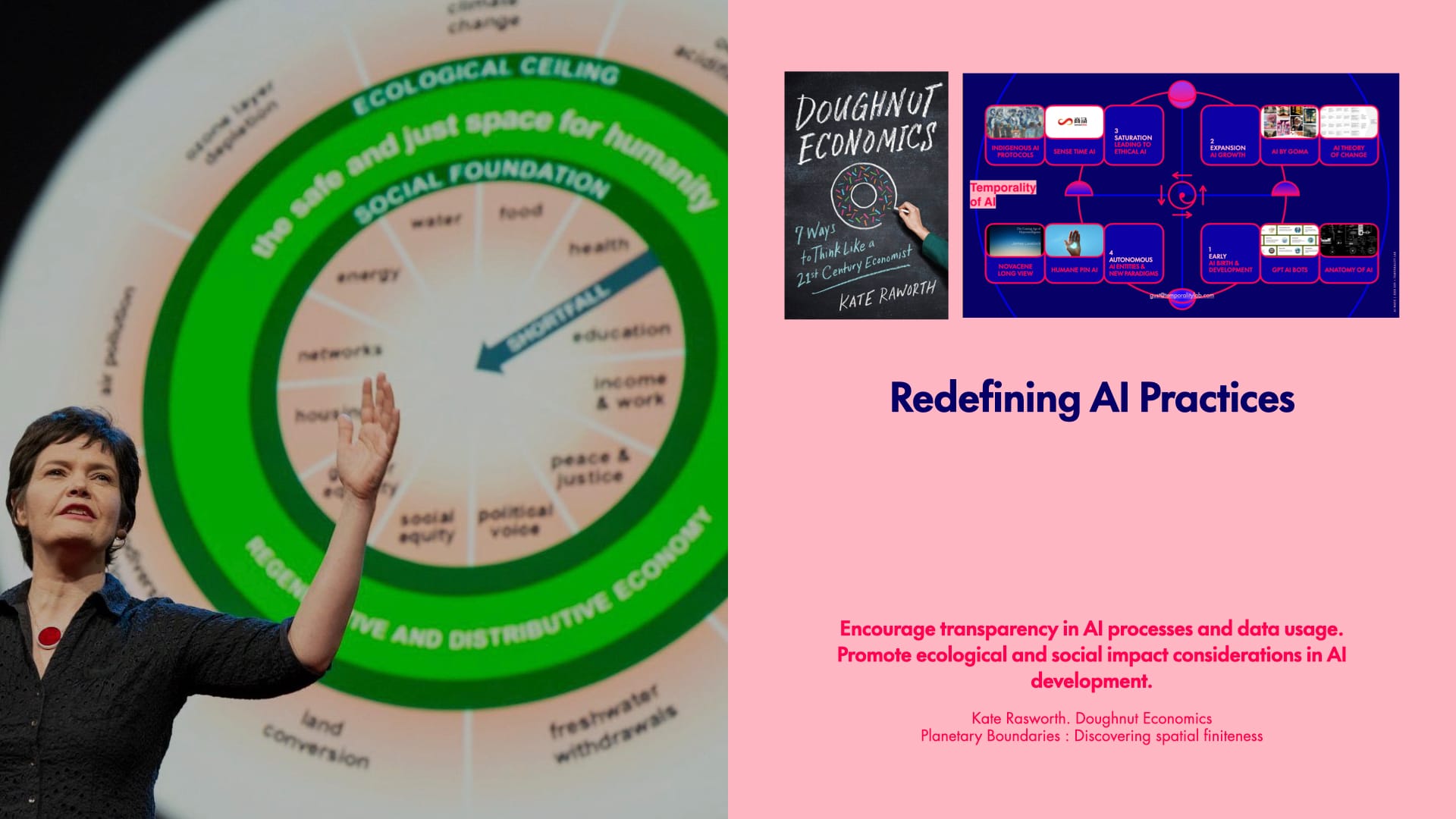
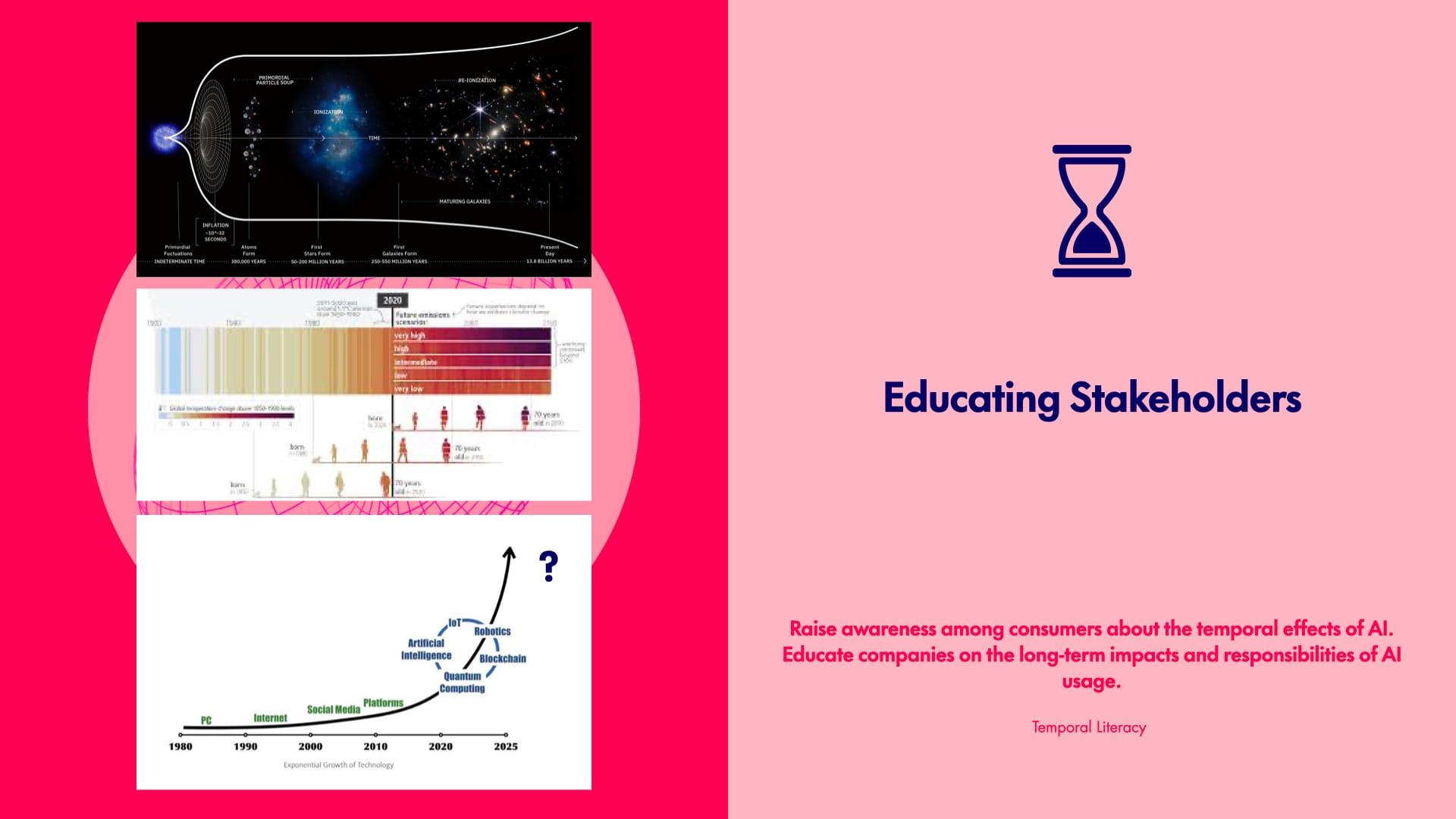
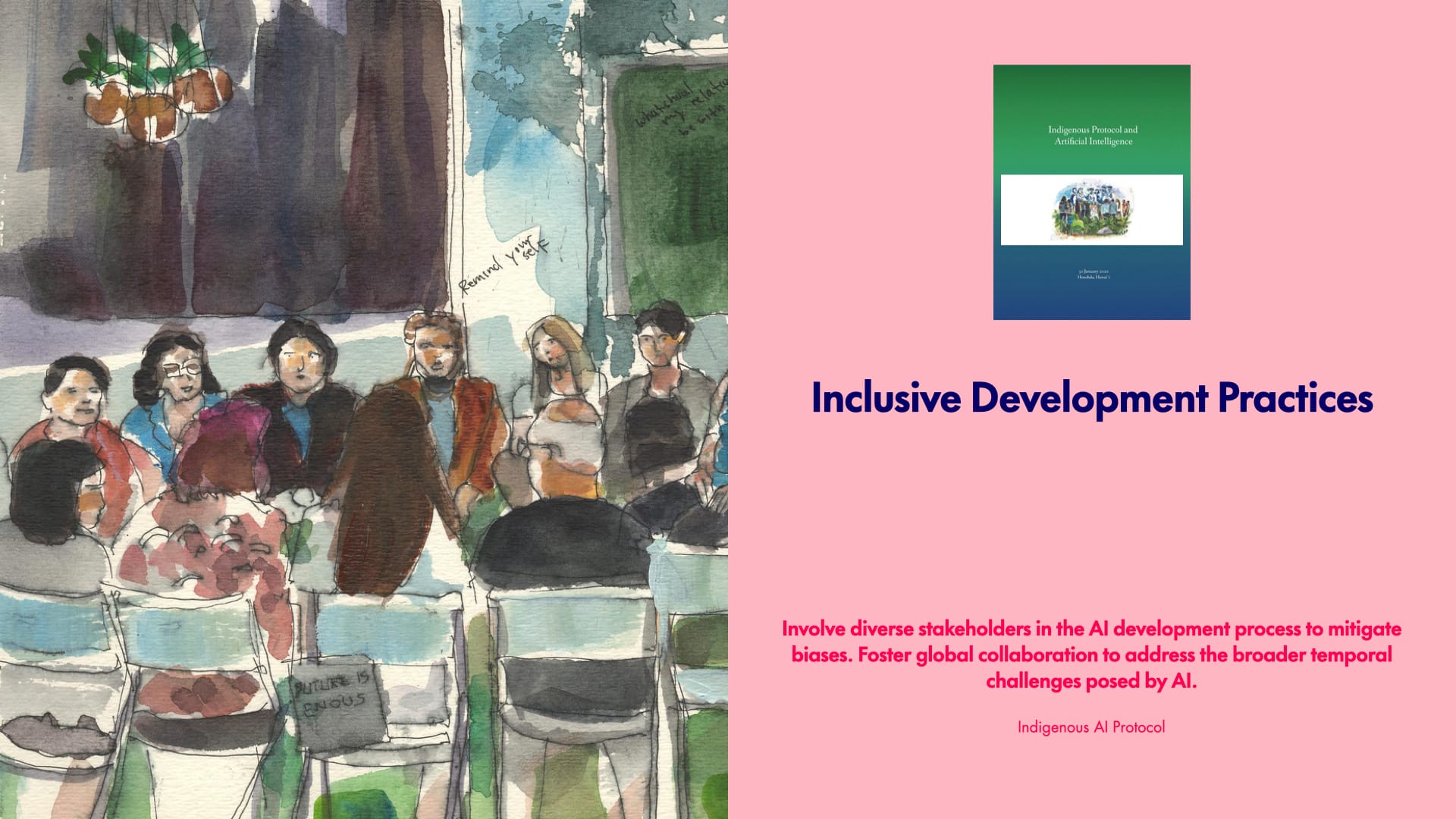
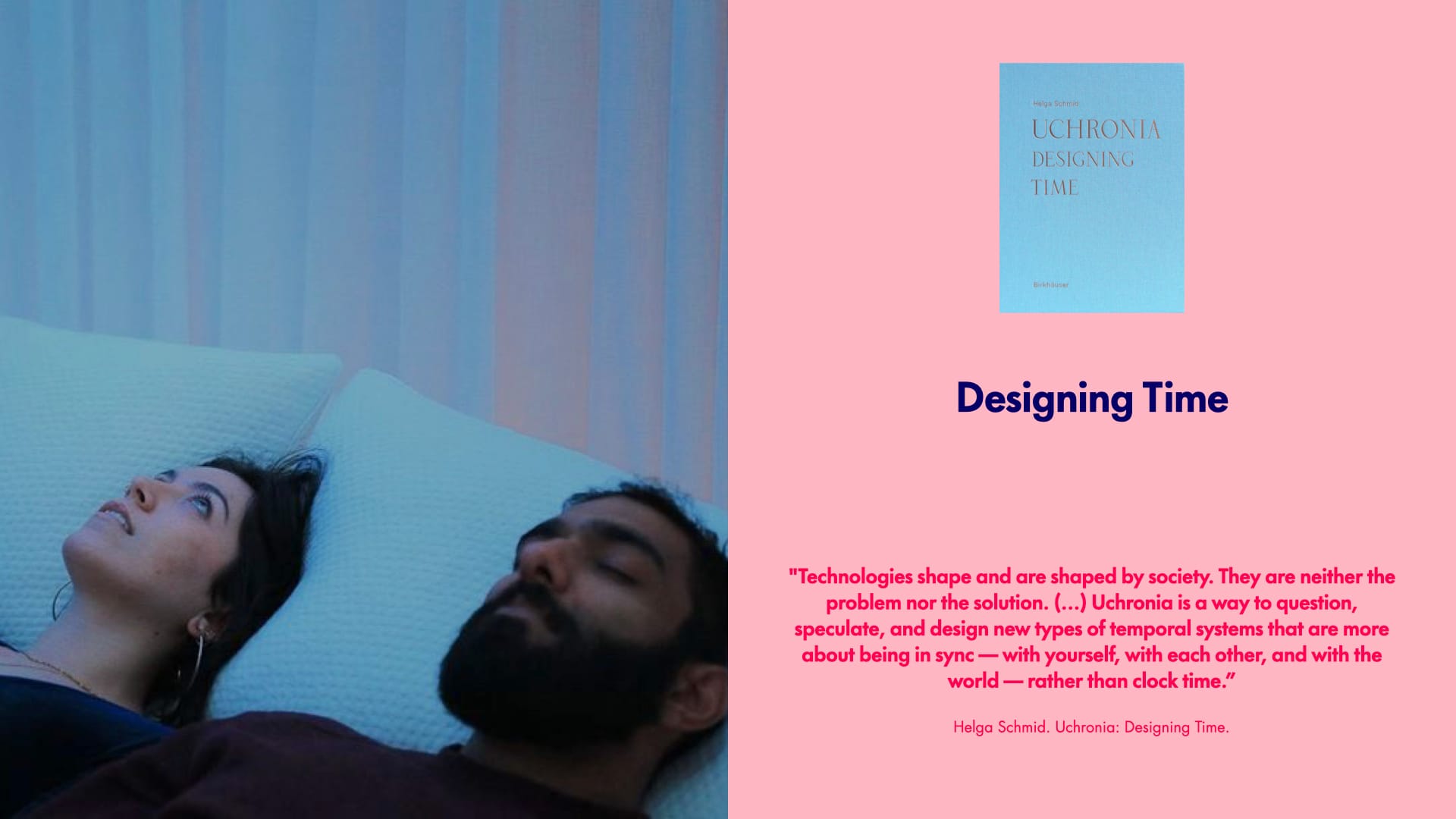
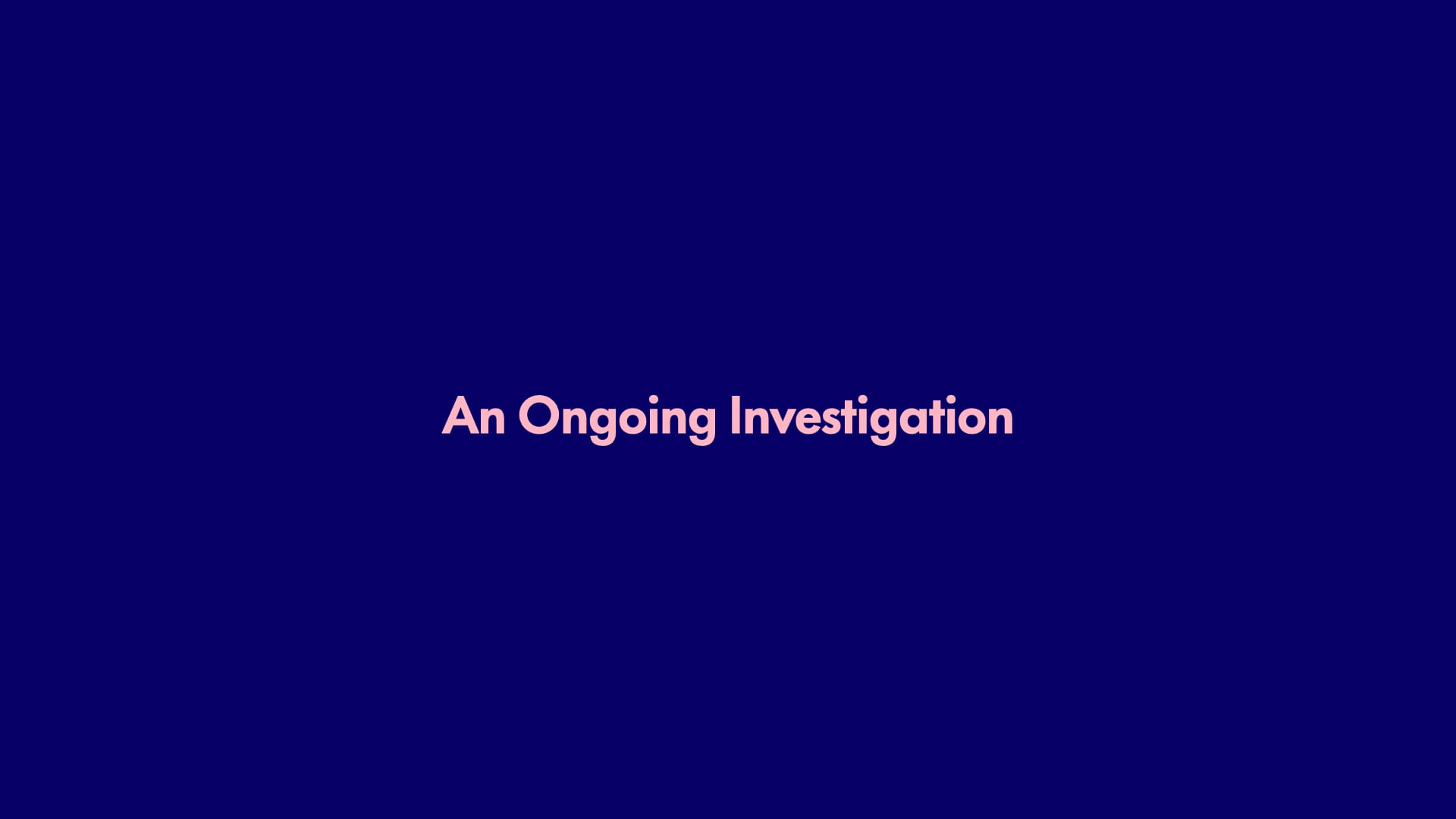
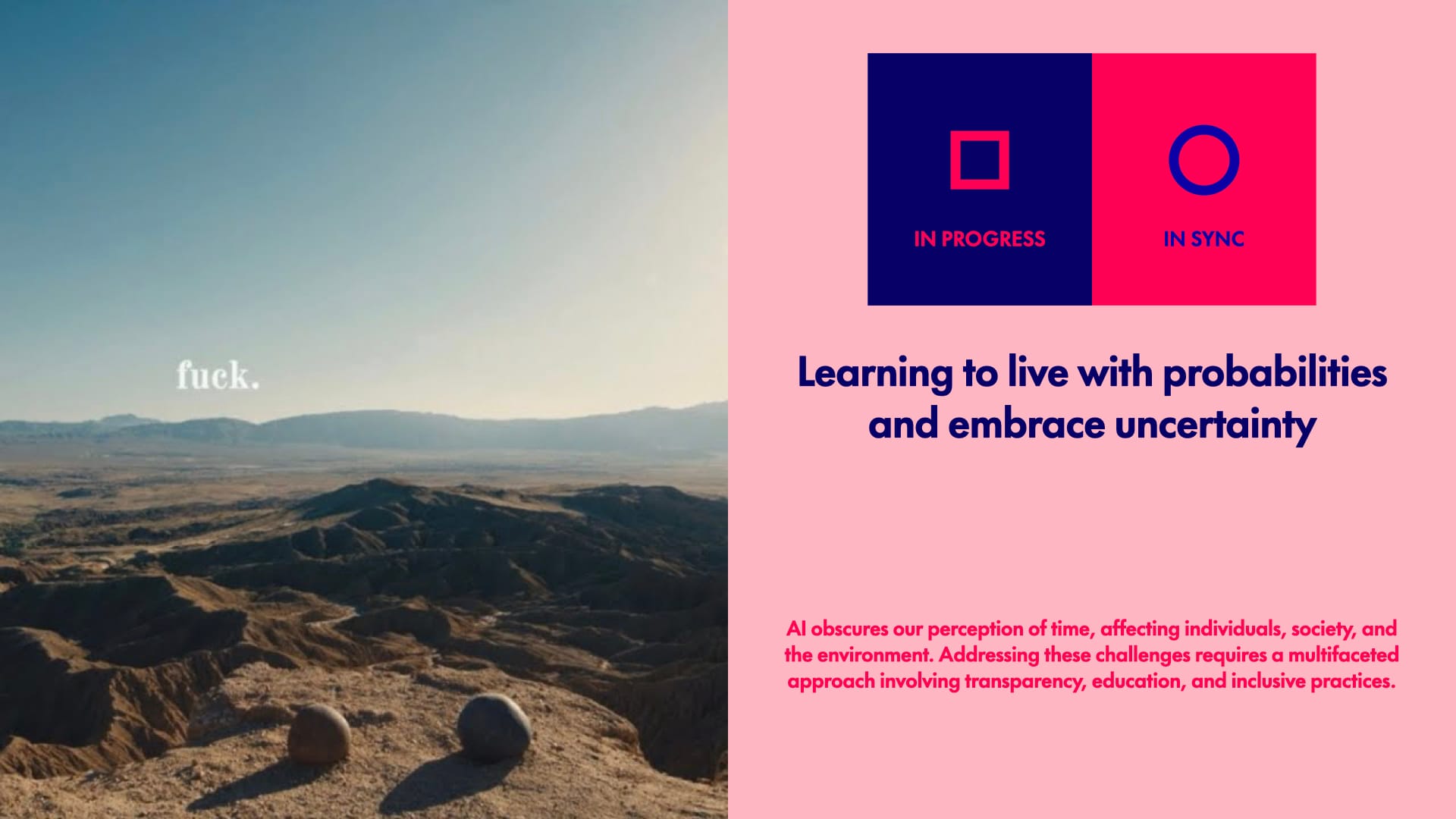
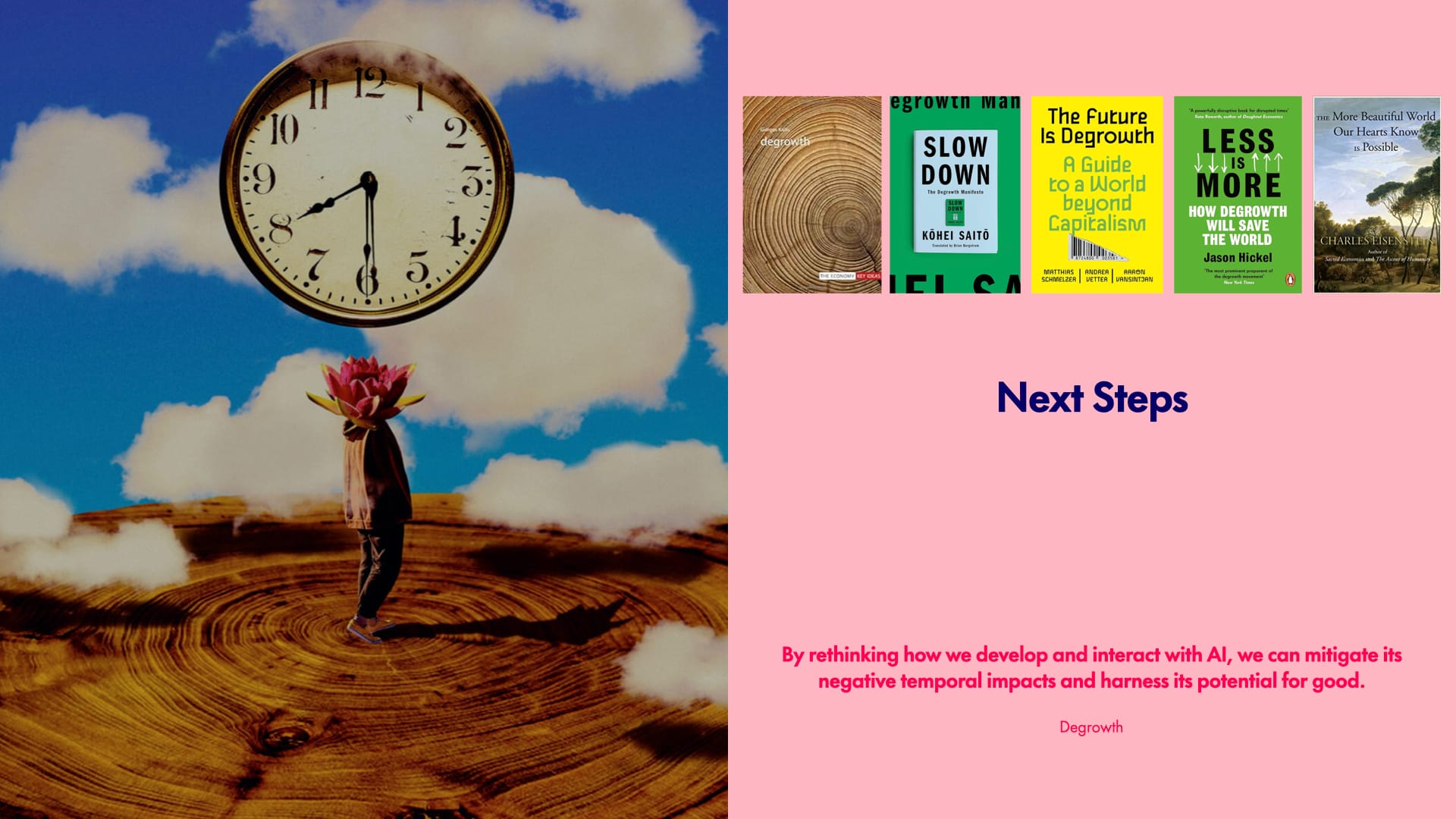
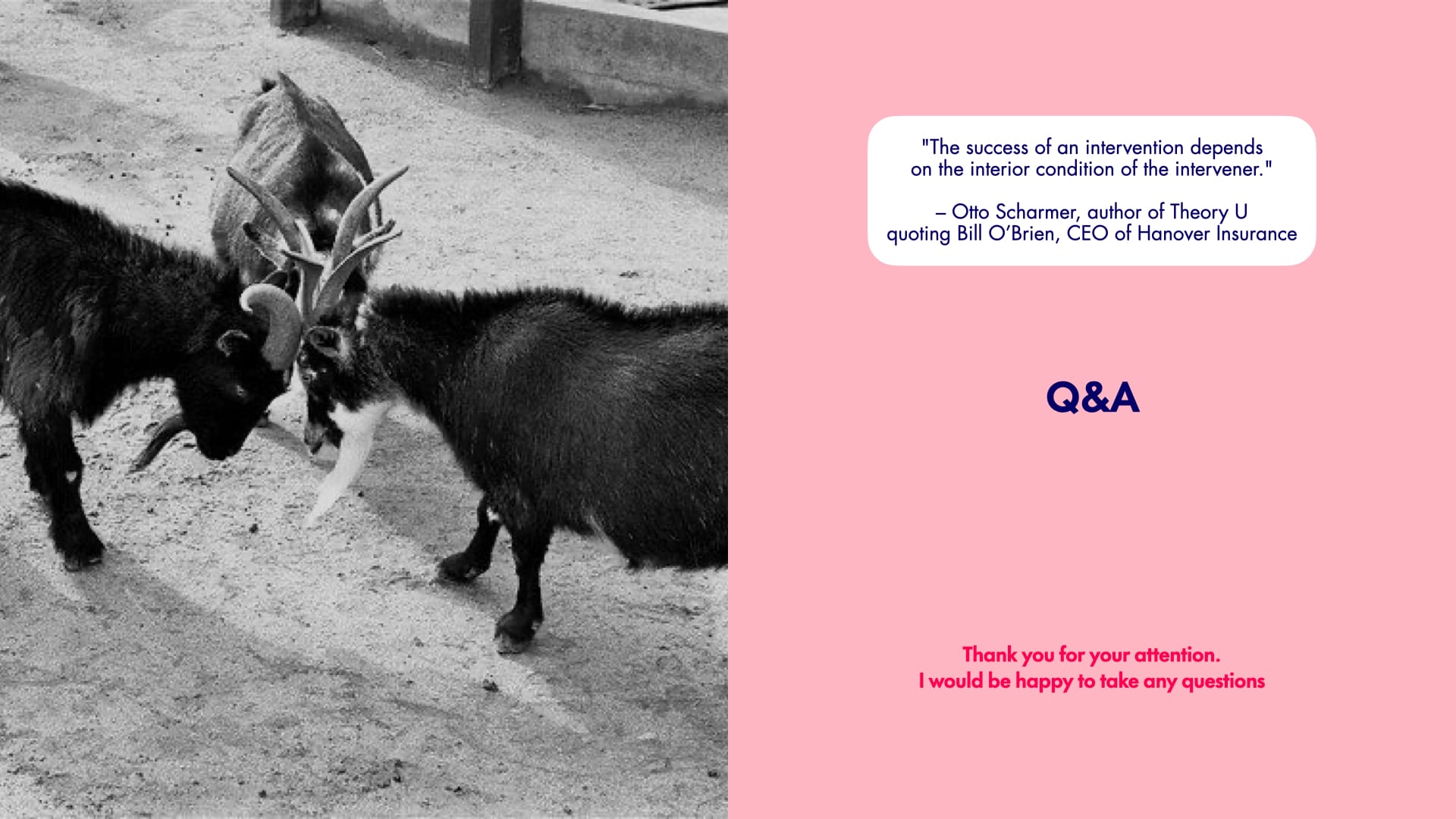
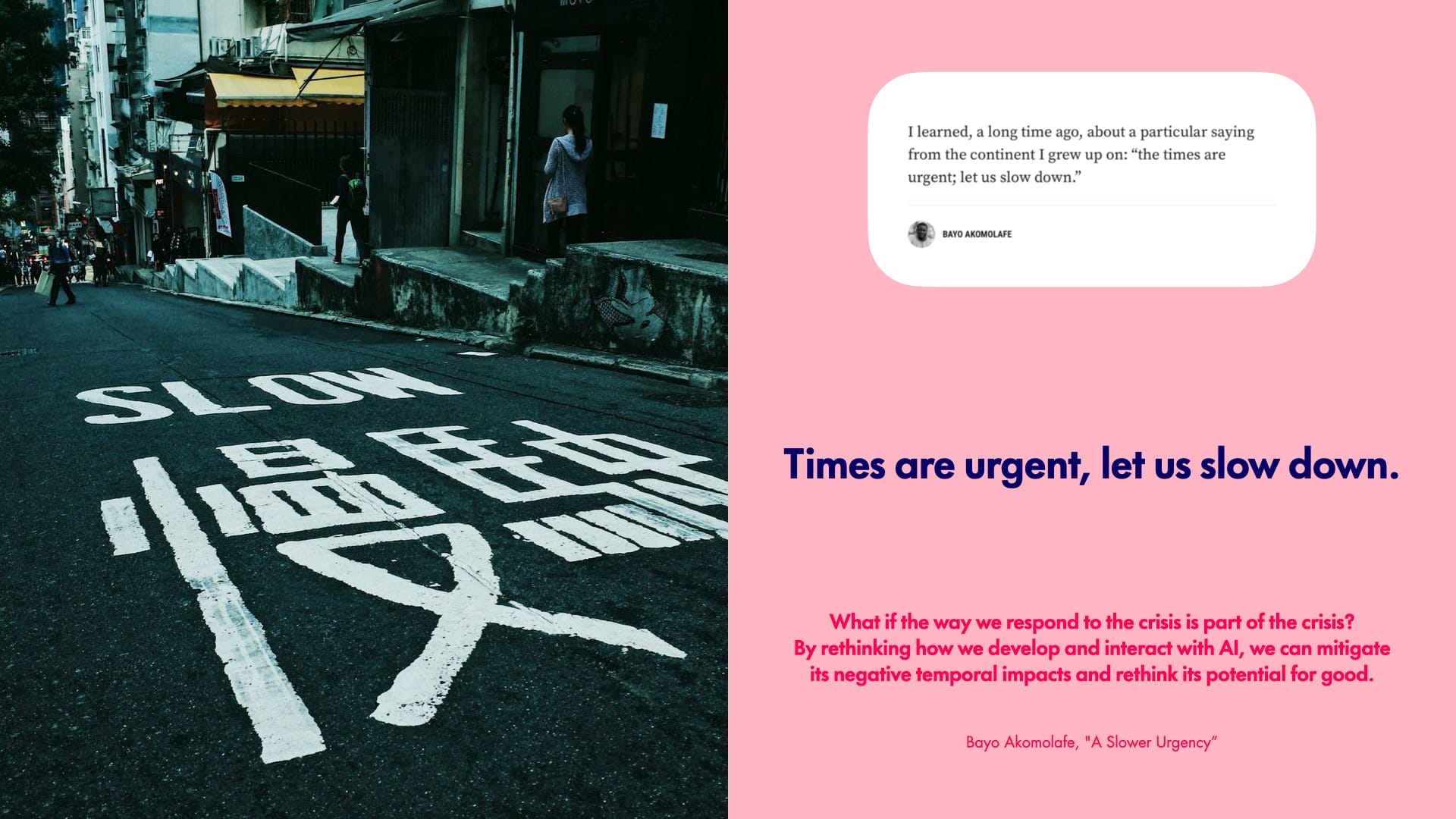
Intended project documentation plan
This website is the memory of the project while researching and designing in the open, so I am making it publicly available at temporalityof.ai
Project needs
This is an independent project and the investment of participating in this Master's program having a partial scholarship plus all the operational costs and efforts involved were done without an institutional sponsor. Please consider bringing my independent courses and workshops to your company or institution reaching me for a quote a gust@temporalitylab.com
